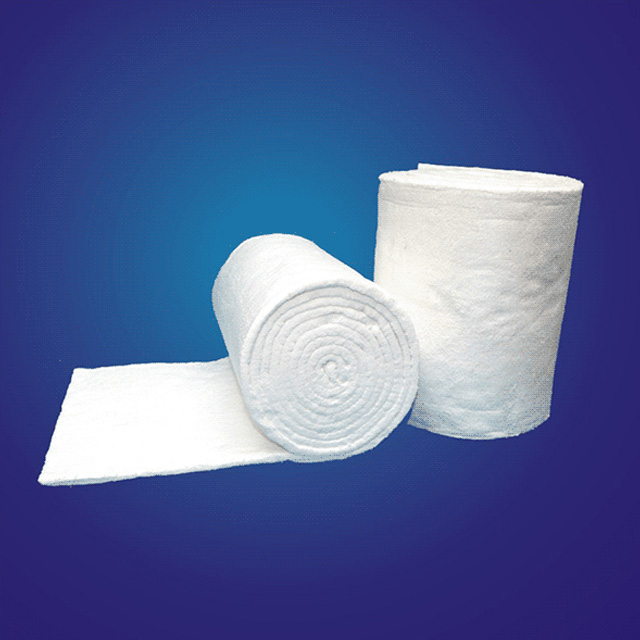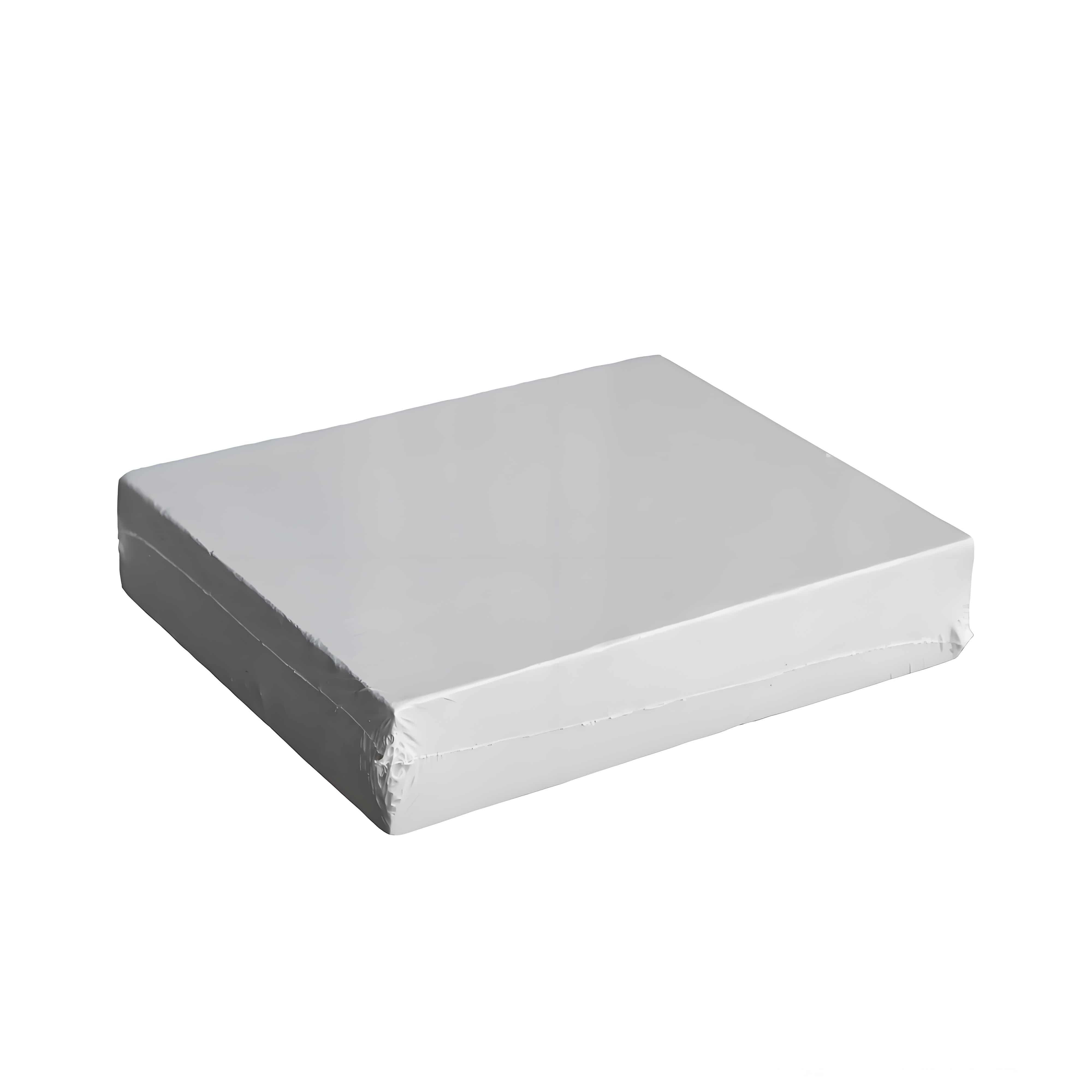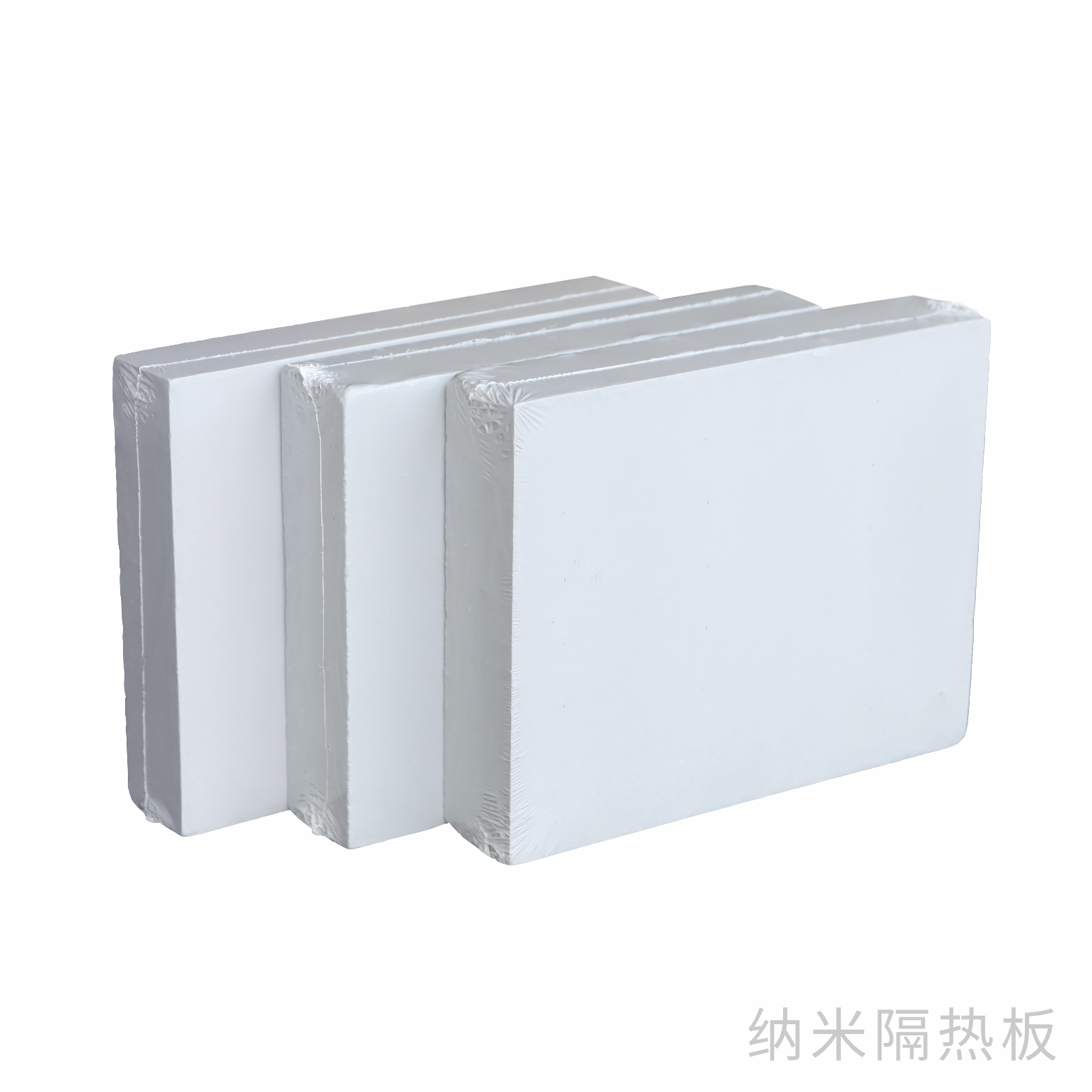When working on a high-temperature insulation project—whether it's a kiln, furnace, fireplace, or industrial oven—choosing the right ceramic fiber board is critical for safety, efficiency, and durability. With various grades, densities, and specifications available, selecting the right board can seem overwhelming.
In this guide, we’ll break down how to select the most suitable ceramic fiber board for your specific needs, helping you avoid costly mistakes and ensuring long-term performance.
Ceramic fiber board is known for:
High thermal resistance
Lightweight structure
Low thermal conductivity
Fire resistance
But using the wrong type can result in premature failure, heat loss, or even safety hazards. That’s why understanding the key selection criteria is so important.
The temperature rating is one of the most important factors.
Standard boards: up to 1260°C (2300°F)
High-temperature boards: up to 1430°C (2600°F)
Tip: Always choose a board with a temperature rating at least 10–15% higher than your maximum operating temperature to allow for thermal fluctuations.
Applications:
1260°C: General-purpose industrial insulation, kilns, wood stoves
1430°C: High-heat applications like metal melting, glass production, aerospace
Ceramic fiber boards come in different densities, typically measured in kg/m³ or lb/ft³.
Low-density (160–240 kg/m³ / 10–15 lb/ft³):
Best for lightweight insulation, minimal load environments
Medium-density (240–320 kg/m³ / 15–20 lb/ft³):
Suitable for most industrial applications
High-density (320–400+ kg/m³ / 20–25+ lb/ft³):
Ideal for structural stability, load-bearing, or mechanical resistance
Choose higher density for areas exposed to gas flow, vibration, or mechanical stress.
Common thickness options: 10mm to 100mm (0.4" to 4")
Thinner boards (10–25mm): For tight spaces or as a heat barrier
Thicker boards (50–100mm): For heavy-duty insulation, better thermal resistance
The thicker the board, the better the insulation—but also higher cost and weight.
| Application | Recommended Features |
|---|---|
| Kilns & Furnaces | High-temperature grade, high density |
| Pizza Ovens & Stoves | Food-safe, medium density |
| Fireplaces & Inserts | Easy to cut, rigid and flame-resistant |
| Industrial Ducts & Boilers | Chemically resistant, low shrinkage |
| Backup Insulation | Lightweight, low thermal mass |
| Aerospace / Automotive | Shock-resistant, flexible grades |
If your project involves:
Corrosive gases or liquids
Moisture or steam
Oxidizing/reducing atmospheres
…then make sure to choose a chemically stable ceramic fiber board that is resistant to those elements. Some boards include zirconia or other additives to improve chemical resistance.
Reinforced Boards: Include fibers or mesh for better strength
Rigidized Surface: Improved erosion resistance
Low Dust Formulations: For cleaner, safer work environments
Custom Sizes or Pre-Cut Panels: Reduce labor and waste on-site
Q1: Can I cut ceramic fiber board myself?
Yes, with a utility knife or saw. Wear gloves and a dust mask for protection.
Q2: What happens if I use the wrong temperature rating?
The board may shrink, crack, or degrade, leading to insulation failure or safety risks.
Q3: Is ceramic fiber board reusable?
In some cases, yes—if it’s not cracked or contaminated, it can be reused during maintenance or relocation.
Choosing the right ceramic fiber board means evaluating your project’s:
✅ Temperature requirements
✅ Density needs
✅ Board thickness
✅ Environmental exposure
✅ Mechanical conditions
By understanding your application and aligning it with the correct board specifications, you'll ensure optimal performance, energy efficiency, and long-lasting insulation.


